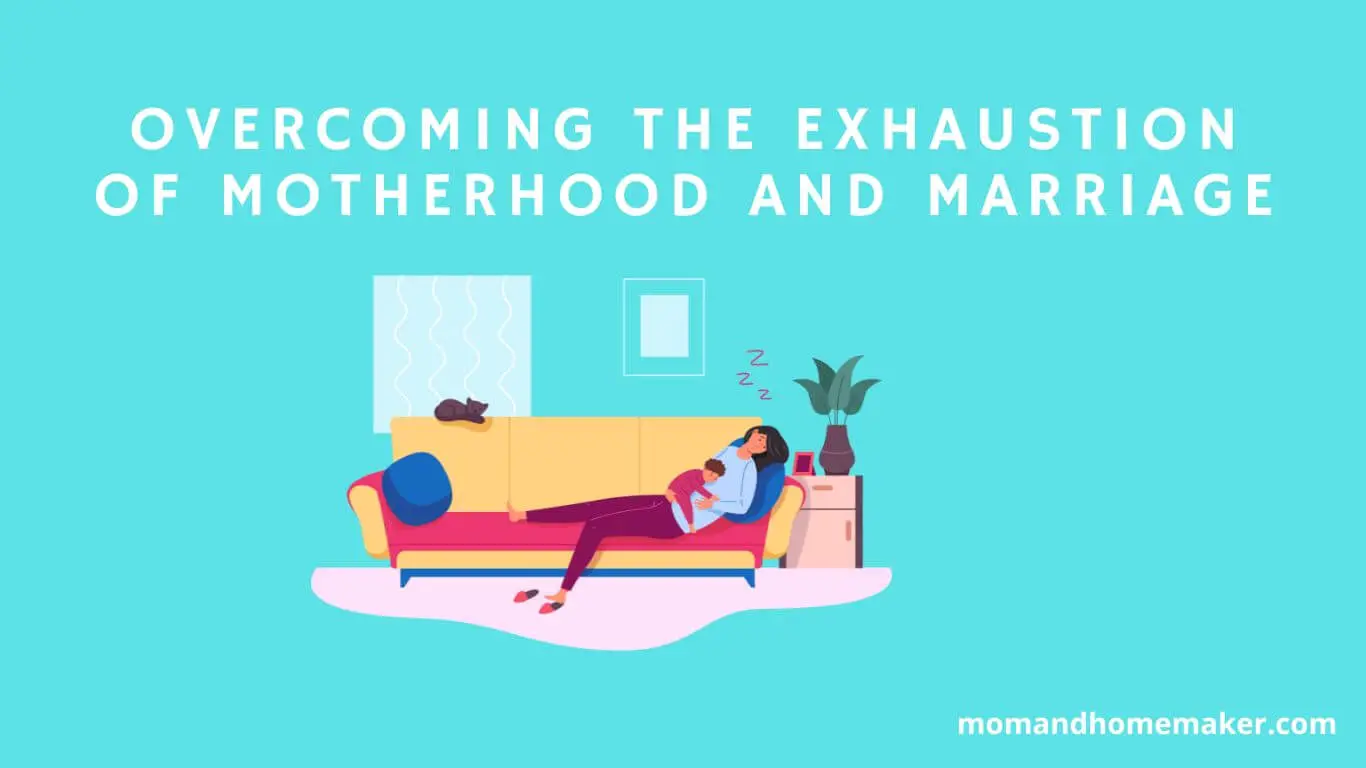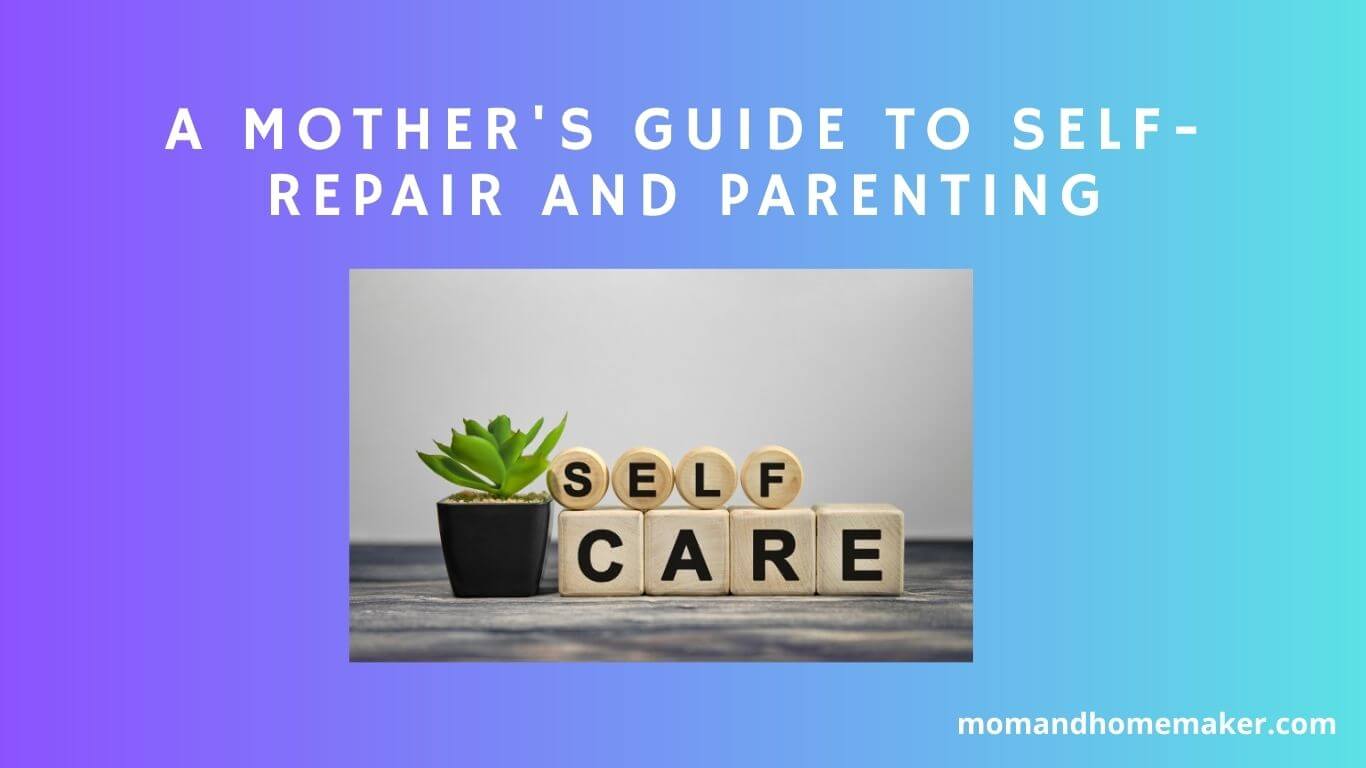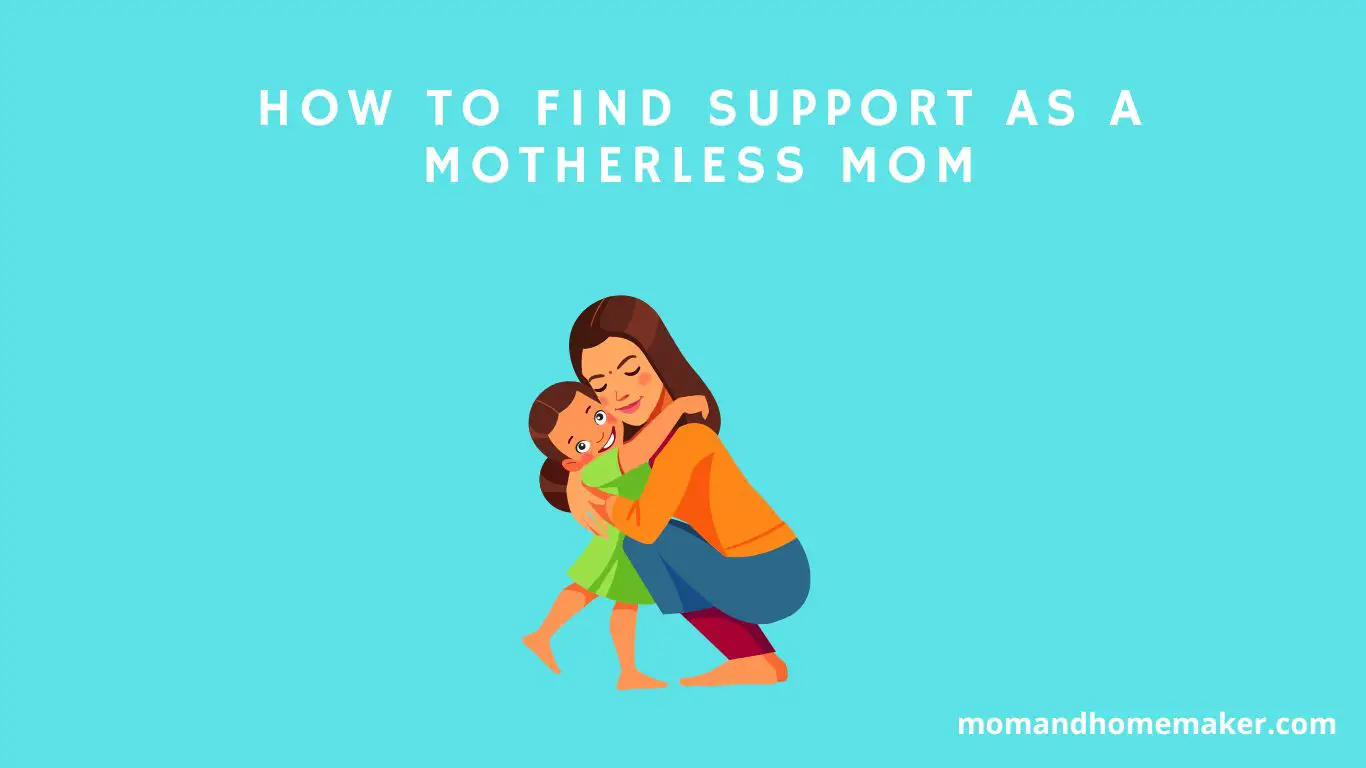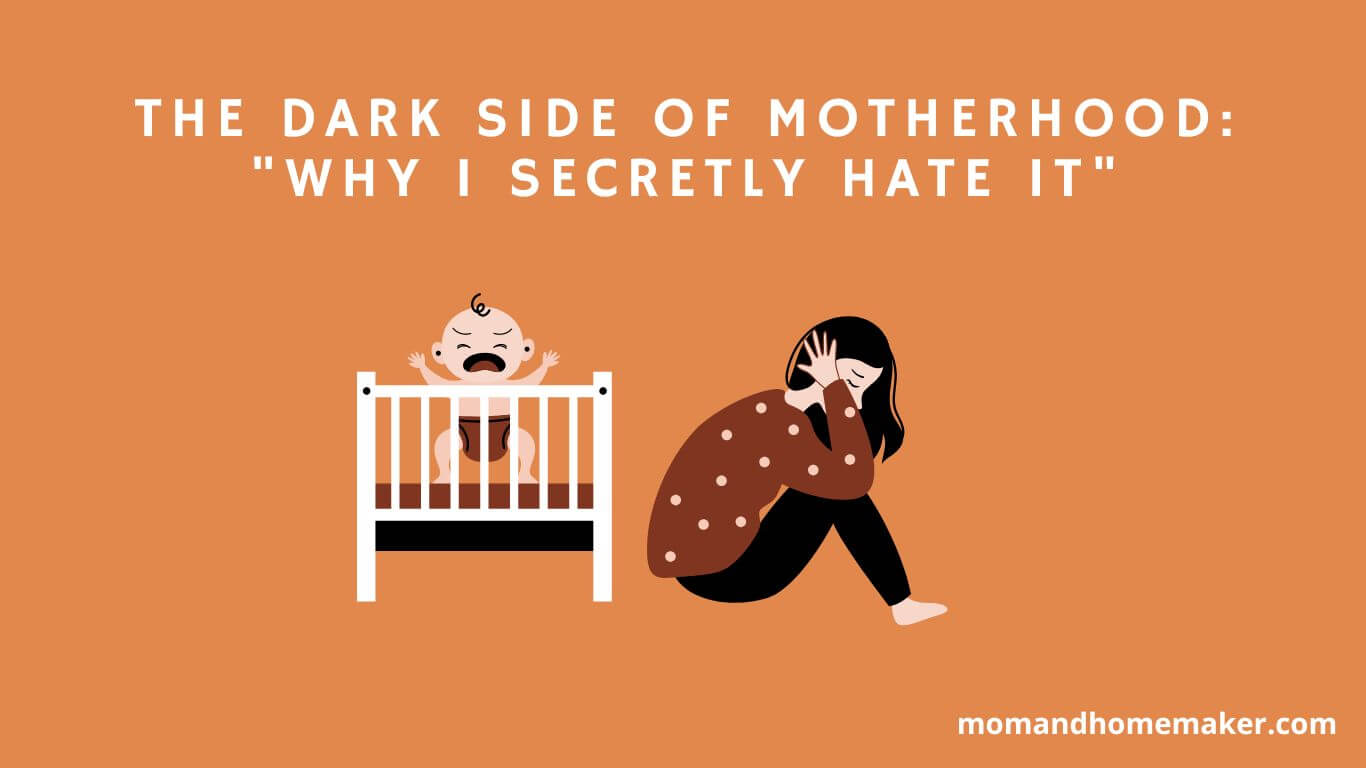When considering the aging process of mothers and daughters, it’s natural to wonder if they age similarly.
Genetics, shared facial features, and hormonal changes all play a role in this process. However, the real answer may be found in how they gracefully age together.
By examining the subtle markers of aging in mothers, observing longevity trends across generations, and delving into insights from twin studies, we can gain a deeper understanding of this complex relationship.
The journey of aging within a family is a captivating one that offers a unique perspective on the passage of time and the bonds that tie us together.
Genetic Influences on Aging
Understanding how genetics impact aging can provide valuable insights into the similarities between how mothers and daughters age.
Genetic predispositions play a significant role in determining the aging process, with certain hereditary factors influencing how individuals age.
Familial aging trends show that these genetic patterns are passed down through generations, affecting the rate at which people age.
By recognizing these inherited aging patterns, individuals can take proactive steps to mitigate their effects, such as adopting specific skincare routines or healthier lifestyle habits.
For daughters, recognizing these maternal aging similarities offers a glimpse into their aging process.
By understanding their family’s aging trends, daughters can make informed decisions about their health and well-being.
Embracing genetic influences on aging can lead to a more holistic approach to self-care, helping individuals navigate the aging process with grace and resilience.
By being aware of these genetic factors, individuals can better prepare for the changes that come with age and age gracefully.
Shared Facial Features
When looking at how mothers and daughters age, their shared facial features can serve as visible signs of genetic similarities. Key factors to consider include facial symmetry, aging patterns, family traits, resemblance analysis, and age progression.
Symmetrical features passed down through generations contribute to the overall resemblance between them.
Both mothers and daughters may show similar aging patterns like wrinkles or changes in skin texture due to shared genetic factors.
Family traits like nose shape or lip curvature can be traced through generations, enhancing the visual connection.
Mother-Daughter Resemblance Studies
Studying how mothers and daughters resemble each other as they age is crucial for understanding the genetic factors that influence facial features over time.
Facial symmetry is key in determining how aging impacts individuals, and research in this area focuses on identifying genetic markers that contribute to similarities in aging patterns.
Genetic markers act as blueprints that guide how facial features change as people grow older. By studying these markers, scientists can gain insights into why some daughters age similarly to their mothers.
Lifestyle choices, such as sun exposure, smoking, and diet, also play a significant role in how individuals age, influencing the resemblance between mothers and daughters.
Moreover, hormonal balance is another important factor that affects aging patterns. Hormones play a vital role in regulating processes like skin elasticity and collagen production in the body.
Changes in hormonal levels can result in different aging outcomes among women.
Understanding how hormonal balance influences aging can shed light on why some daughters closely resemble their mothers in terms of aging patterns.
Hormonal Changes Over Time
Genetic markers not only influence facial features but also impact hormonal changes in women as they age. Hormones play a vital role in the aging process, affecting skin elasticity, bone density, and muscle mass.
During menopause, when estrogen levels decline, both mothers and daughters may experience similar symptoms like hot flashes, mood swings, and changes in metabolism.
Estrogen is crucial for aging, affecting both external appearance and internal functions such as heart health and cognitive abilities.
Hormonal fluctuations can affect skin appearance by changing moisture levels and collagen production, influencing the development of wrinkles and fine lines.
Menopausal symptoms shared between mothers and daughters offer insights into how their bodies respond to hormonal shifts.
Decreasing estrogen levels can speed up aging by thinning the skin, causing dryness, and contributing to hair loss.
Understanding the impact of hormonal changes on aging can lead to exploring options like hormone therapy to manage aging effects related to hormones.
Hormone therapy is used in anti-aging treatments to regulate hormonal imbalances and potentially slow down certain aging processes.
Impact of Lifestyle Choices
Your lifestyle choices significantly impact how well you age, affecting your overall health and well-being. Factors like exercise, diet, stress management, sleep, and skincare routines all play a role in aging gracefully.
Exercise not only keeps your body in shape but also boosts your mental health and lowers the risk of chronic diseases.
Eating a balanced diet full of vitamins and antioxidants nourishes your skin and body, promoting good health. Managing stress with techniques like meditation or yoga can reduce cortisol levels and prevent premature aging.
Additionally, getting enough quality sleep is crucial for cell repair and rejuvenation, helping you wake up refreshed.
Tailoring your skincare routine to your skin type can help fight signs of aging and maintain a radiant complexion.
By focusing on these lifestyle aspects, you’re investing in a healthy future and ensuring graceful aging. Remember, the choices you make today shape how you’ll age tomorrow.
Skin Aging Patterns
Taking care of your skin can significantly impact how it ages and your overall well-being. Understanding the factors that influence skin aging patterns is essential for maintaining healthy skin.
Here are three key aspects to consider:
- Collagen Support: Collagen, a vital protein for skin structure, diminishes with age, leading to wrinkles and sagging. Boost collagen production by adding vitamin C-rich foods to your diet and using skincare products that promote collagen production.
- Preventing Wrinkles: While wrinkles are a natural part of aging, lifestyle choices like smoking, sun exposure, and poor nutrition can speed up their development. Protect your skin from the sun, keep it hydrated, and consider using products with retinol to minimize wrinkles.
- Enhancing Skin Elasticity: Skin elasticity, the ability of your skin to stretch and bounce back, can be affected by genetics, sun exposure, and smoking. Maintain skin elasticity by incorporating antioxidants into your skincare routine, staying hydrated, and limiting sun exposure.
Telomere Length and Aging
Telomeres, the protective caps at the end of chromosomes, are crucial for maintaining genomic stability and are linked to the aging process. As you grow older, various factors like genetics and environmental stress can affect telomere length.
The shortening of telomeres with each cell division is a natural part of DNA aging and can lead to cellular senescence, where cells stop dividing. This process is associated with aging and age-related diseases.
Recent studies show that lifestyle choices such as diet, exercise, and stress management can also impact telomere maintenance, not just chronological age.
To support healthy aging, it’s important to maintain optimal telomere length. Engaging in regular physical activity, getting enough sleep, and eating a balanced diet rich in antioxidants can help preserve telomere health.
By understanding how telomeres contribute to aging, you can make informed decisions to promote cellular rejuvenation and overall well-being. Taking care of your cells today can positively influence your future health.
Cellular Aging Processes
Understanding cellular aging processes is crucial for promoting healthy aging and overall well-being. To support this, it’s important to maintain optimal telomere length, which plays a key role in aging.
By exploring the mechanisms that drive cellular aging, such as telomere shortening, DNA damage, and mitochondrial dysfunction, we can better understand how our bodies change as we grow older.
Additionally, learning about techniques for cellular rejuvenation, like promoting autophagy, enhancing mitochondrial function, and supporting stem cell activity, can unlock the secrets to longevity and vitality.
Taking proactive steps to support healthy aging, such as regular exercise, a diet rich in antioxidants, and stress management, can significantly impact how our cells age, promoting a youthful and vibrant life.
Influence of Sun Exposure
Exposure to sunlight can significantly impact how your skin cells age. UV rays play a key role in skin aging, causing wrinkles, age spots, and a decrease in elasticity. It is crucial to protect your skin from sun damage to maintain a youthful look.
When comparing mothers and daughters, considering the effects of sun exposure on their skin is essential. Implementing effective sun protection measures can help prevent premature aging and lower the risk of skin cancer.
To better grasp the influence of sun exposure on aging, let’s delve into some important factors in the table below:
| Factors | Effects |
|---|---|
| UV Exposure | Speeds up skin aging |
| Sun Protection | Helps prevent wrinkles and age spots |
| Skin Damage Prevention | Preserves skin elasticity and firmness |
To safeguard your skin and ward off premature aging, incorporating daily sunscreen use, wearing protective clothing, and seeking shade during peak sun hours are recommended.
These strategies not only aid in preserving a youthful appearance but also reduce the likelihood of skin damage.
By taking proactive steps to prevent UV exposure, you can ensure that your skin ages gracefully, serving as a positive role model for future generations, including your daughters.
Nutrition and Aging
Nutrition plays a vital role in how your skin ages over time. Eating a variety of nutrients like vitamins, minerals, proteins, and healthy fats supports your overall health and skin vitality.
Colorful fruits and veggies, whole grains, lean proteins, and good fats from foods like avocados and nuts provide essential building blocks for healthy skin.
As you age, focus on nutrient-dense options such as leafy greens, berries, and omega-3-rich seafood to help your body absorb nutrients effectively.
Combining vitamin C-rich foods with iron-rich sources can boost iron absorption, aiding in energy levels and skin health. Being aware of how your diet impacts aging allows you to make informed choices.
Antioxidant-rich foods like blueberries and dark chocolate combat oxidative stress, promoting cell health and a youthful appearance.
Psychological Aging Factors
Understanding psychological aging factors involves recognizing how your mindset and emotions can impact your experience of aging.
Cognitive decline, which can affect memory and decision-making, is a common concern as we age. However, cultivating emotional resilience can help us adapt positively to these changes.
Maintaining social connections is crucial for our mental and emotional well-being as we grow older.
Engaging with friends, family, or community groups can offer support and a sense of belonging, combating the loneliness often associated with aging.
Managing stress is also key, as chronic stress can accelerate the aging process and affect both our physical and mental health.
Developing coping strategies like mindfulness or relaxation techniques can enhance our overall well-being.
Prioritizing mental health, seeking professional help when needed, and practicing self-care activities that promote mental wellness are all essential for a positive aging journey.
By incorporating these factors into our daily lives, we can enhance our aging experience and overall quality of life.
Remember, taking care of our psychological well-being is just as important as caring for our physical health.
Environmental Toxins and Aging
Understanding how environmental toxins can impact aging is crucial for maintaining your overall well-being as you age. Here are three important points to consider:
- Skin Health: Environmental pollutants can speed up skin aging by causing oxidative stress and inflammation. To protect your skin, make sure to use sunscreen, cleanse your skin regularly, and avoid exposure to harmful pollutants.
- Nutrition and Wrinkles: Your diet plays a significant role in the aging process, particularly in the development of wrinkles. Consuming a diet rich in antioxidants, vitamins, and minerals can help prevent premature aging and minimize the appearance of wrinkles.
- Lifestyle Choices and Cellular Health: Your lifestyle habits, such as exercise, sleep quality, and stress management, can impact your cellular health and overall aging. Engaging in regular physical activity, prioritizing restful sleep, and incorporating stress-reducing techniques can support healthy aging from the inside out.
Immune System Aging
A strong immune system is crucial for healthy aging. When considering immune system resilience, it’s important to think about the differences in aging between mothers and daughters.
The relationship between mothers and daughters can impact genetic tendencies toward immune system aging.
Research has shown that genetics can affect how our immune systems age, leading to variations in longevity within families.
Understanding how immune systems age in the context of mother-daughter relationships can offer valuable insights into potential health outcomes.
While genetics set the stage for immune system strength, lifestyle choices, and environmental factors also play a significant role in maintaining good immune function.
By recognizing the interplay of genetics and lifestyle, you can take proactive steps to support your immune system as you grow older.
Reflect on how your mother’s immune system has changed over time and consider how it may influence your immune health.
By acknowledging potential differences in aging and using this knowledge to make informed decisions, you can boost your immune system’s resilience and promote healthy aging.
Embracing a holistic approach to immune system aging can empower you to age gracefully alongside your loved ones.
Aging Gracefully Together
Growing older alongside your loved ones is a beautiful journey worth cherishing as you embrace the process of aging gracefully together.
Sharing this experience with your mother or daughter can be truly special, allowing for a unique bond to flourish. There are several reasons why aging gracefully together can be a delightful experience.
- Sharing Beauty Tips: As you and your loved one age together, you can exchange beauty tips that have been passed down through generations. These shared beauty secrets can enhance your skincare routines, helping you both maintain a healthy and radiant complexion as you age.
- Bonding Through Elegance: Comparing aging experiences with your mother or daughter can create a strong sense of connection and bonding. Embracing timeless elegance together, whether in fashion choices or graceful aging practices, can build lasting memories and strengthen your relationship as you both embrace the natural process of growing older.
- Navigating Aging with Grace: Supporting each other through the challenges and joys of aging can help you both navigate this journey with grace and resilience. Sharing experiences, overcoming obstacles, and celebrating achievements together can deepen your bond and foster an appreciation for the beauty of aging gracefully side by side.
Embracing the journey of aging in harmony with your mother or daughter can lead to a profound connection and a shared understanding of the beauty found in growing older gracefully together.
Maternal Aging Markers
Maternal aging markers are evident through physical and genetic changes that occur as women age. These markers often run in families, showing a connection between generations.
When looking at how mothers and daughters age, similarities in aging progression are often noticeable. The intergenerational changes in aging patterns can be seen through maternal connections, highlighting the cycle of aging within families.
Daughters may see similarities in aging indicators as they observe their mothers’ aging process. These indicators act as hereditary markers that influence how individuals age.
From developing fine lines and wrinkles to changes in skin elasticity and hair texture, daughters may go through similar transformations as their mothers did at a similar age.
Understanding these maternal aging markers gives insight into one’s aging journey and creates a sense of shared experiences across generations.
By recognizing the factors that contribute to aging similarities, individuals can better prepare for the changes ahead and appreciate the familial ties that endure over time.
Longevity Across Generations
Longevity goes beyond just one generation, showing how family genetics and lifestyle choices impact how long people live. Several factors influence aging patterns and longevity trends across generations:
- Genetic Influence: Family genetics play a big part in how long people live. Certain genetic traits passed down through families can affect how individuals age and their overall lifespan. Understanding these genetic similarities can give insight into potential health risks and how long someone might live.
- Lifestyle Choices: The way people live, including their diets, exercise routines, stress levels, and smoking habits, can have a big impact on how long they live across generations. Families often share similar lifestyle habits, which can either help them live longer and healthier lives or increase the risk of age-related diseases. Encouraging healthy lifestyle choices can lead to a longer and better quality of life for both current and future generations.
- Visible Aging Signs: Facial aging is a clear indicator of how people age, and this can be seen across generations. While genetics play a role in how people’s faces age, lifestyle factors like sun exposure, skincare routines, and overall health also play a part. Understanding these factors can help individuals make informed choices to keep a youthful appearance and potentially increase their longevity.
Insights From Twin Studies
Twin studies offer valuable insights into how genetics influence aging patterns in different generations. By comparing twins, researchers have discovered that genetic variations play a significant role in how individuals age.
This is especially evident in mother-daughter pairs, where despite shared environments, genetic differences can lead to unique aging trajectories.
Understanding these genetic influences is crucial in recognizing individual differences in aging.
Additionally, studying aging patterns in twins highlights the complexity of the aging process and emphasizes the need to consider both genetic and environmental factors.
This research allows us to explore how genetics shape aging within families and how age progression varies among twin pairs.
Conclusion
Daughters tend to age similarly to their mothers due to a combination of genetics, shared facial features, hormonal changes, lifestyle choices, and aging gracefully together.
The resemblance and similarities between mothers and daughters go beyond just looks – they also extend to how they age.
For example, maternal aging markers and longevity trends can be passed down through generations, highlighting the strong bond between mother and daughter. This connection isn’t only about love but also about experiencing the aging process together.
It’s fascinating to see how these factors intertwine to shape the aging journey of mother-daughter pairs.

















